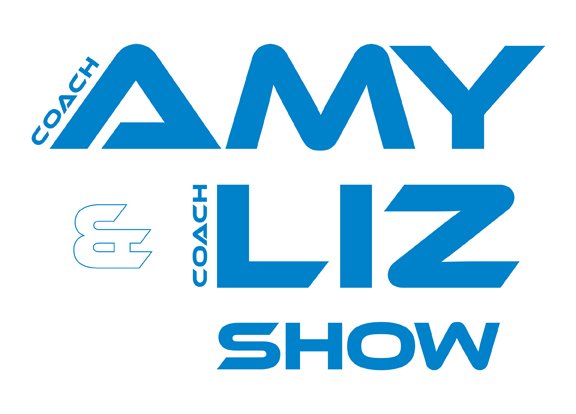Swimmer's Shoulder and Leg Strength - What's the Connection?
What is this episode about?
INTRO 0-1:55
Amy's watching Seifield! Jean-Paul the Marathon Runner is one worth watching if you want a good laugh.
Swimmer’s Shoulder and Leg Strength - What’s the Connection?
The Journal of Science and Medicine in Sport in 2023 published a study about Swimmer's Shoulder* (pain, stiffness, and limited range of motion in the shoulder). The study found that dysfunction in the shoulder (posterior deltoid and pec minor) can be connected to the power produced by the opposite lower extremity (contralateral lower extremity). Ex: Right shoulder pain can be connected to the power and movement of left hip and leg.
How?
In swimming, power is produced when the upper and lower body coordinate - think of a tennis or baseball player using their hips to produce power as they swing. This happens in swimming as well. When a swimmer does not have enough strength in their shoulder to counter the power produced in the opposite hip, it causes instability in the shoulder. Ex: Right shoulder is not strong enough to counterbalance the power and torquing coming from the left hip and leg while swimming.
Pain comes because the shoulder senses instability and tightens as a way to protect itself. This is why stretching isn't the best tool - it's doesn’t address the root issue AND the tightness is the shoulder aiming to protect itself from future damage. Stretching or ‘loosening’ the shoulder can take away that protective mechanism.
A way to combat this strength imbalance is to correctly strengthening the shoulder. This is especially true for triathletes who spend a LOT of time strengthening the lower body with biking and running. It's key to develop shoulder strength to offset that strength imbalance. Additionally, triathletes spend a lot of time in aero position on the bike which tightens up that mid-back. This can mean the mid-back loses its ability to rotate enough and, then, when we swim, the shoulders compensate for that. It's a perfect storm for shoulder issues. We need strength through the shoulder and appropriate mobility through the thoracic spine as a means to protect our shoulders when swimming.
*Matsuura, Yuiko, Posterior deltoid shoulder tightness and greater contralateral lower limb muscle strength are associated with swimmer’s shoulder pain. Journal of Science and Medicine in Sport, Volume 27, Issue 6, 395



